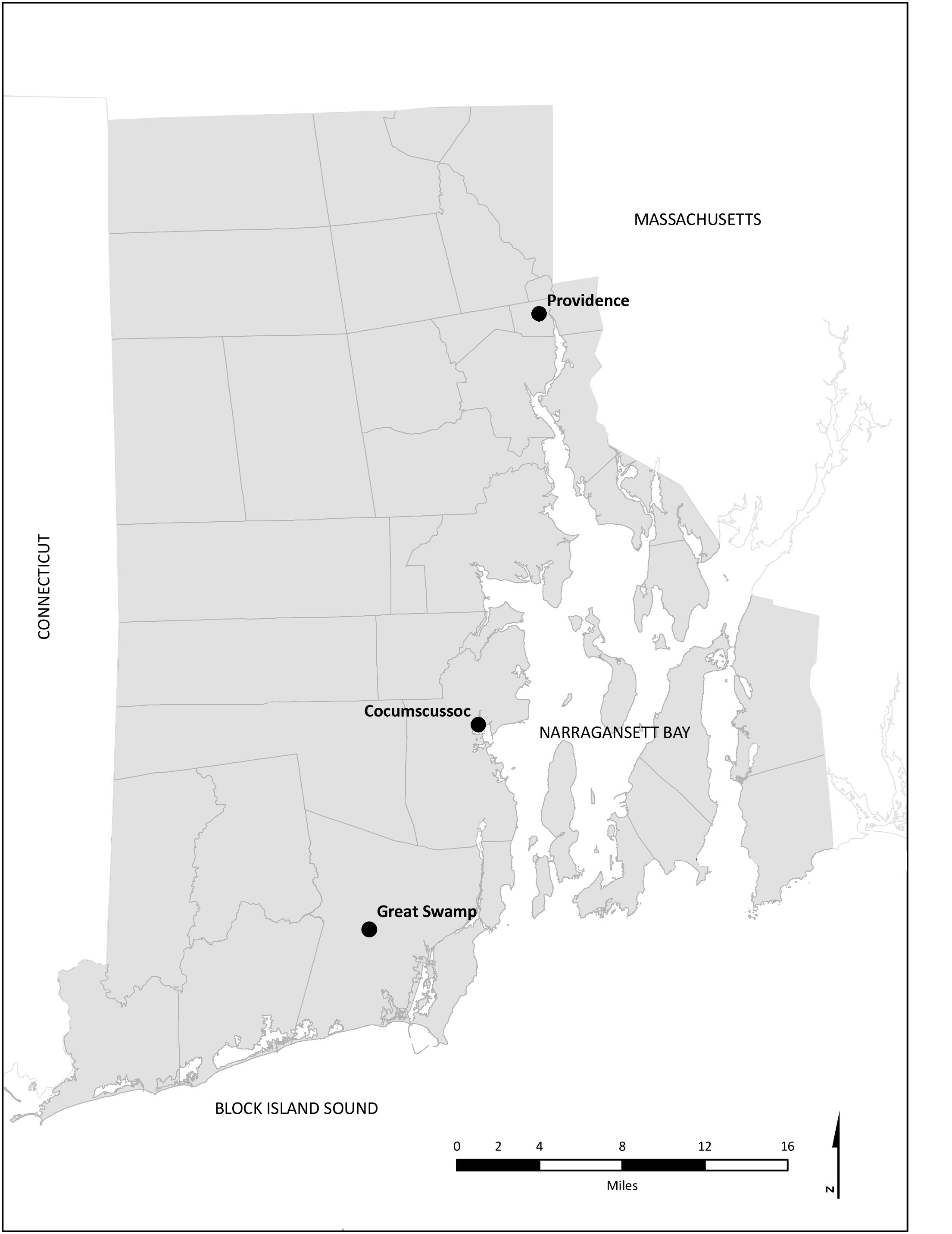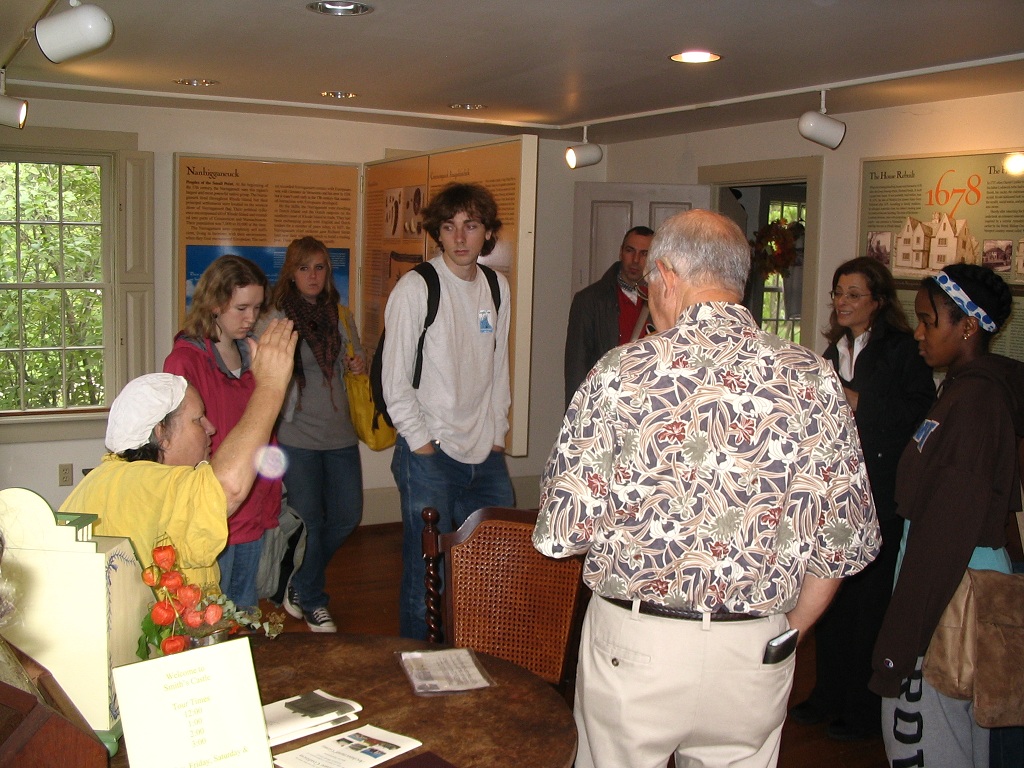Historical Archaeology in Rhode Island
Making Ends Meet at Cocumscussoc: The Material Culture of Bondage in Narragansett Country, Rhode Island
Colin Porter
Cocumscussoc is an archaeological site on the western shore of Narragansett Bay where, for more than three decades, archaeologists have unearthed traces of multicultural encounters between Narragansett Indians, English colonists, and African slaves. A small, but vivid collection of recycled artifacts from the site–discarded objects reworked for new purpose–is presented: two iron nails fused to form a mouth harp, a piece of obsidian ballast reduced into a scraper, and a glass bottle fragment fashioned into a projectile point. Similar to Colono wares discovered on Southern plantations, these artifacts record traces of domination and creolization that characterized bondage in Narragansett Country at its height, from the end of King Philip’s War to the beginning of the American Revolution. This interpretation builds on theories of resistant accommodation in the North by reanimating the sparse material world of bondsmen who lived, labored, and survived on Narragansett slave plantations.
Figure 1: Map of Rhode Island showing the Cocumscussoc archaeological site.
Figure 2: Prof. Patricia Rubertone leads Brown University students on a tour of Smith’s Castle.
Author Biographies:
Colin Porter is a Ph.D. candidate in Anthropology at Brown University.





